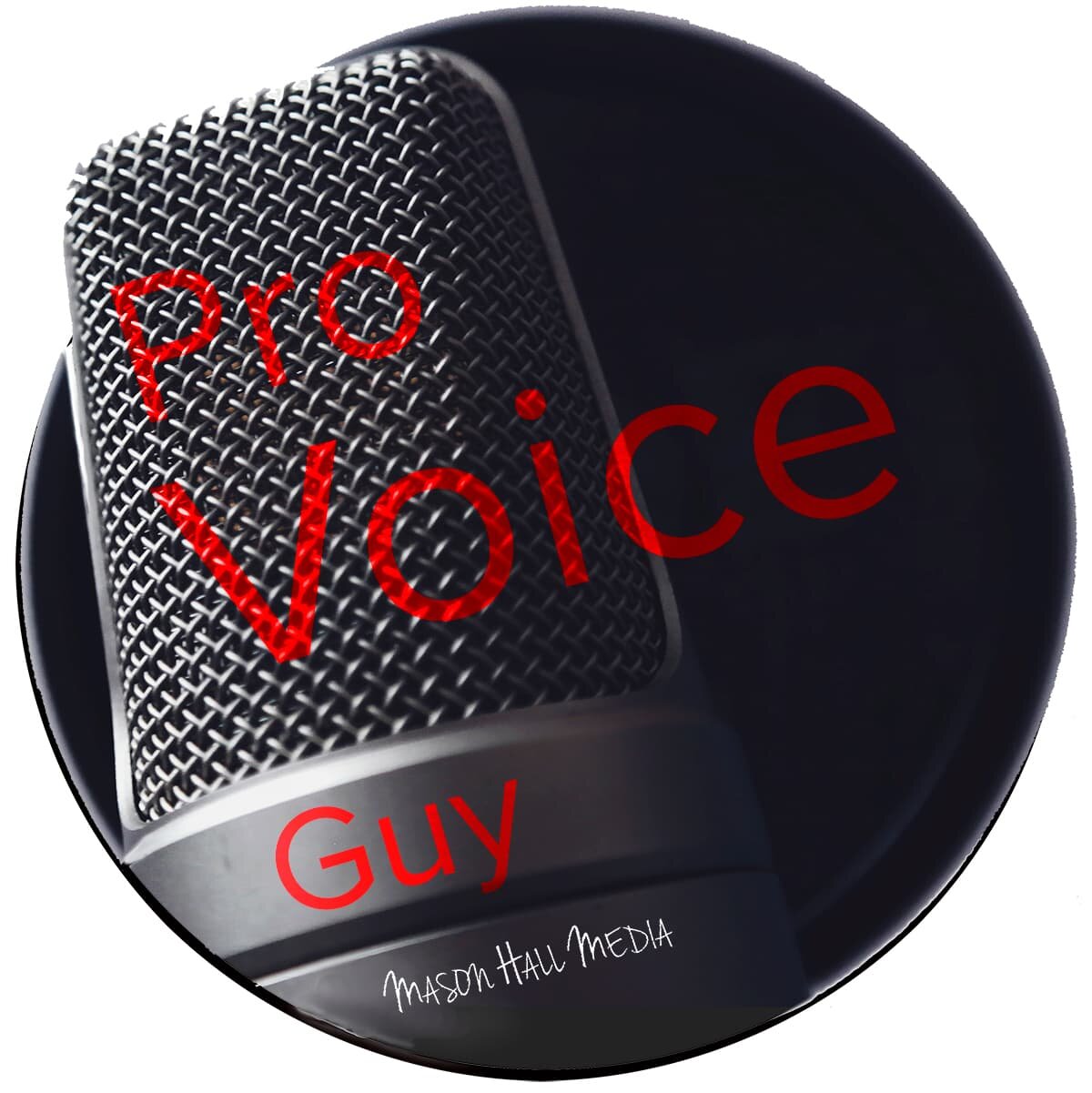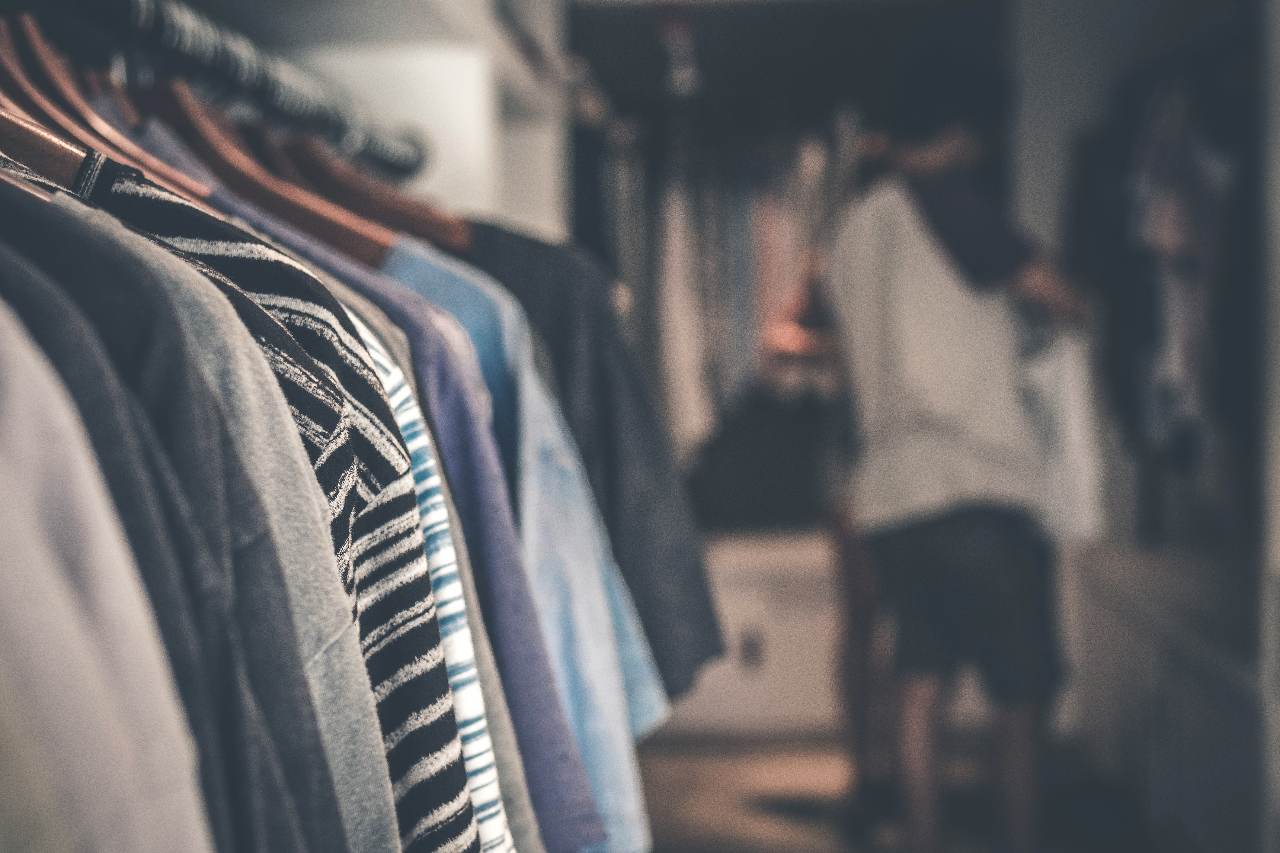Podcasting: The Interview (5 Tips)
Podcasting: The Interview (5 Tips)
Interviews are one of the most fascinating aspects of podcasts. There are, of course, some podcasters (like me) who have never featured an interview. But, for some podcasters, interviews are the lifeblood of every episode. For others, they are an occasional feature.
Whether interviews are a regular feature of your podcast or, if they only come along every once in a while, you want to do everything you can to make them sound great.
In this post, I am going to focus on in-person interviews. There are many ways to record interviews and technology has made interviewing someone in a remote location easier than ever. But sometimes, you get to be in the same space as your guest. This creates some opportunities not available when your guest is talking to you over the phone, Skype, or other connection. However, it also has its own unique challenges.
Professional podcasters often have access to broadcast-grade studios, designed and equipped for flawless sounding audio with multiple participants. Most podcasters don't have this luxury. That's okay. The point here is to make the best of what you have and make your interviews sound as professional as possible.
Here are 5 tips to help your in-person interview sound great:
1. Choose a Good Space to Record Your Podcast Interview
Many podcasters have found excellent acoustical spaces in which to record their podcasts. Unfortunately, sometimes the place where the show is typically recorded isn't well-suited for guests. I know a bunch of podcasters who record their shows in the closet and not every guest is going to feel comfortable joining you there. Moving to a bigger space makes things more comfortable, but it may come with its own acoustical challenges.
In my post, "Making Your Podcast Sound Better," [https://www.provoiceguy.net/blog/podcast-tips-making-your-podcast-sound-better] I cover some tips for choosing the right space or improving the sound of your current space.
No matter what space you are in, the acoustics are going to become more challenging with a guest. The fact that you have to record an additional voice adds the potential for a lot more room noise and echo. If you are using a separate mic for your guest, you will have a second live mic picking up background noise and echo. If you are sharing a mic, likely you will both be a little further away than usual meaning the gain will need to be increased and with it, the room noise.
2. Take Full Advantage of Your Microphone
It is excellent if you have separate microphones for you and your guest, but some podcasters simply can't afford that yet. However, if you have the right mic, you still have some options. One of the most popular brands of microphones for podcasting, Blue, offers adjustable pickup patterns in both their Snowball (though not the Snowball Ice) and Yeti microphones.
If you are using a Snowball, you have the option to switch the pattern to omnidirectional. That will allow the mic to pick up sound coming from all directions. This allows your guest to sit across a table from you for a natural interview setup. Just remember, with an omnidirectional pattern, you will be picking up sound coming from every part of the room.
With a Blue Yeti, you have even more flexibility. It also has the omnidirectional option, but it also has a bidirectional setting. This will pick up sound only from the front and back. The setup can be the same as mentioned above. However, there will be substantially less room noise as the mic will only record sound coming from the directions of you and your guest.
What if I Don't Have One of these Microphones?
In the right space, any decent microphone can get reasonable results. The most important thing is to pay attention to your microphone's pickup patterns. If your device has only one pattern, you will need to be sure you and your guest are positioned correctly. Most single pattern mics have a "cardioid" pattern, meaning they capture the sound directly in front of the mic. This means that you and your guest will both need to be on the same side facing the mic. This may be a little uncomfortable, but it will ensure the best possible sound.
3. Wear Headphones (if Possible) for Your Podcast Interview
If at all possible, the host should wear headphones during the interview. I recommend headphones all the time since they can help you hear what the mic is picking up. This is especially important during an interview. It would be disappointing to find out later that there was a distracting noise in the background or the guest's level was too low.
I realize that this is not possible for everyone. Depending on your setup, you may have to deal with headphone latency issues. In other words, if your headphones are plugged into your computer, the sound in your headphones may be delayed just enough that it is too distracting to listen. You can avoid this by using a microphone with a built-in headphone jack like the Blue Yeti, or using an analog mic plugged into a digital audio converter.
If latency is an issue, or headphones aren't an option, here is what I recommend. Record some test audio with you and your guest (or use a stand-in guest) and listen back for any issues.
4. Don't Talk When Your Guest is Talking
At first glance, this may look like some form of interview etiquette or good behavior. However, I am sharing this from a technical perspective. It is difficult to conduct a great interview without the occasional moment of the guest and the host talking at the same time. However, from a technical perspective, avoid it whenever you can. Why? Two reasons: levels and editing.
Many podcasters are recording their interview to a single audio track and sometimes with a single mic. This means it can be difficult to adjust for differences in audio levels. For instance, if on listening back, you realize that your host audio is much louder than your guest, it is not as simple as raising or lowering the gain. Raising or lowering the gain will change the whole track both the host and guest. There are some workarounds for this but, they are much more difficult to deal with when two people are talking at the same time.
Another problematic thing about the guest and host talking at the same time is editing. Often, when editing someone's podcast, the host requests an edit at a certain point in an interview. If the host and guest were on separate, isolated audio channels, this might be a quick edit. But, when they are not, the edit often becomes impossible because, while the guest paused, the host was still talking. An easy edit turns into a situation where it is nearly impossible to make it sound clean.
5. Consider Using Multi-Track
If you are conducting interviews as a regular feature of your podcast, you may want to consider recording in multi-track. Multi-track recording is the process of recording separate audio tracks from multiple inputs at the same time. For instance, you might record your host audio on track one and your guest audio on track two. Conveniently, later you can add music and transitions on additional tracks.
When you are done recording and editing, you can "mix-down" the multiple tracks into one (for mono) or two (for stereo.) In this mixing process, you can independently adjust the levels, EQ, and effects on each track. This is standard work I do when editing podcasts. Perhaps the guest is louder than the host, and I can even those levels out and also add compression or EQ differently to each track.
This may require some equipment or software upgrades. You will need at least two microphones. If they are USB mics, you can just plug them in. If you are using analog mics, you will need a digital interface that accepts more than one mic. Common audio software such as GarageBand, Audacity, and Adobe Audition have multi-track recording built in. There are also many field recorders that are set up for recording multiple tracks for multiple sources.
The one thing to remember is that all of the tips still apply. Although having each person on their own channel gives you more flexibility to fix problems in post-production, it is better to eliminate the problem in the recording.
This is especially true for number 5. Unless you happen to be in a professional studio, or you have your guest in a separate room, a little bit of both voices will end up coming through both mics. You might try to mute one channel and realize that much of the sound is still present as it was picked up on the other mic.
Final Thoughts
Don't let any of this scare you away from interviews. I would rather hear a great interview with a few audio problems than miss out on the information and interaction. However, my technical tips are always about not letting anything get between your content and your audience.
If you would like those interviews to sound better, consider picking just one tip at a time and slowly improve your interview audio until it sounds just like the pros!
Looking for some help and insight for making your podcast sound better? Get a technical review of your podcast for just $5. Order now on Fiverr.





